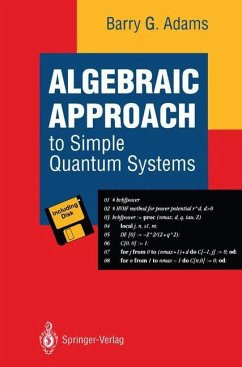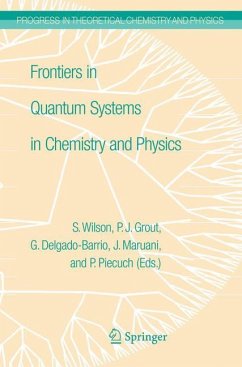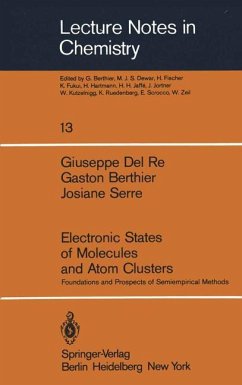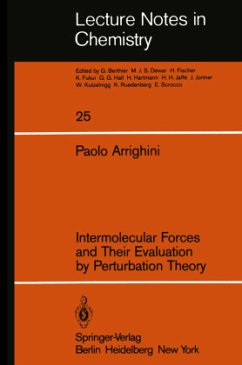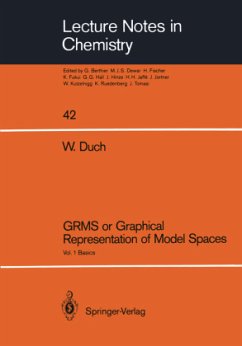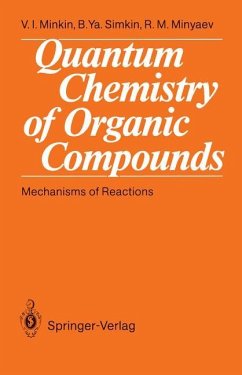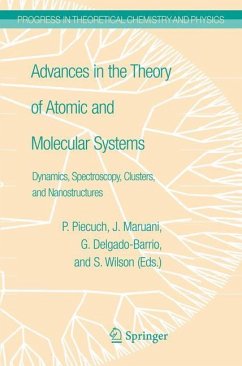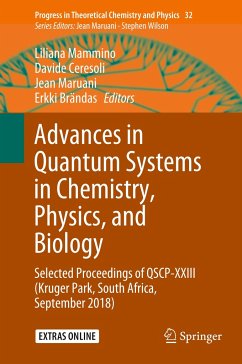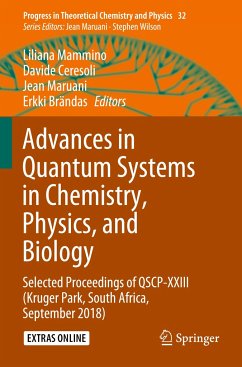
Second Quantized Approach to Quantum Chemistry
An Elementary Introduction

PAYBACK Punkte
31 °P sammeln!
The aim of this book is to give a simple, short, and elementary introduction to the second quantized formalism as applied to a many-electron system. It is intended for those, mainly chemists, who are familiar with traditional quantum chemistry but have not yet become acquainted with second quantization. The treatment is, in part, based on a series of seminars held by the author on the subject. It has been realized that many quantum chemists either interested in theory or in applications, being educated as chemi~ts and not as physicists, have never devoted themselves to taking a course on the s...
The aim of this book is to give a simple, short, and elementary introduction to the second quantized formalism as applied to a many-electron system. It is intended for those, mainly chemists, who are familiar with traditional quantum chemistry but have not yet become acquainted with second quantization. The treatment is, in part, based on a series of seminars held by the author on the subject. It has been realized that many quantum chemists either interested in theory or in applications, being educated as chemi~ts and not as physicists, have never devoted themselves to taking a course on the second quantized approach. Most available textbooks on this topic are not very easy to follow for those who are not trained in theory, or they are not detailed enough to offer a comprehensive treatment. At the same time there are several papers in quantum chemical literature which take advantage of using second quantization, and it would be worthwhile if those papers were accessible for a wider reading public. For this reason, it is intended in this survey to review the basic formalism of second quantization, and to treat some selected chapters of quantum chemistry in this language. Most derivations will be carried out in a detailed manner, so the reader need not accept gaps to understand the result.





